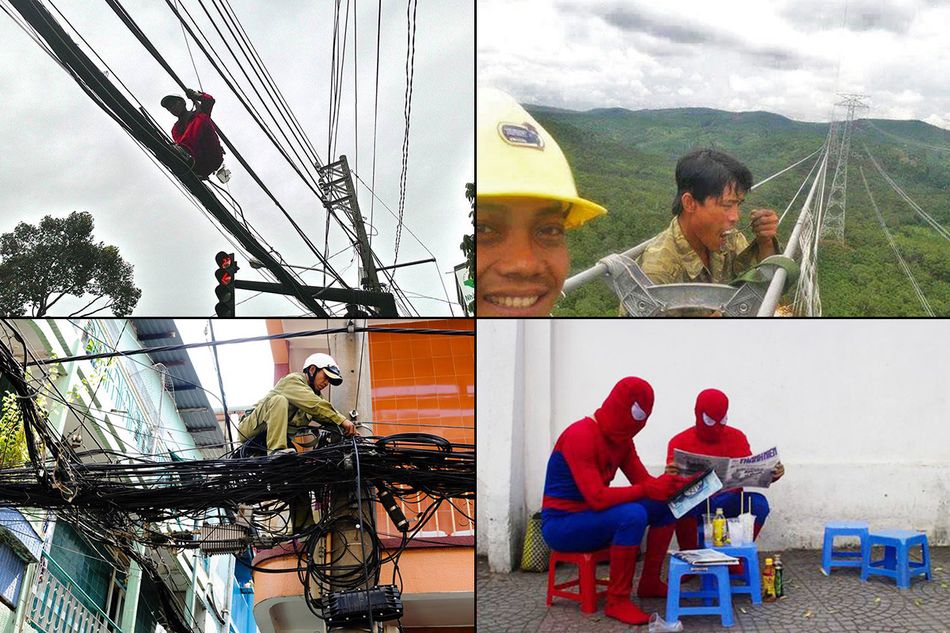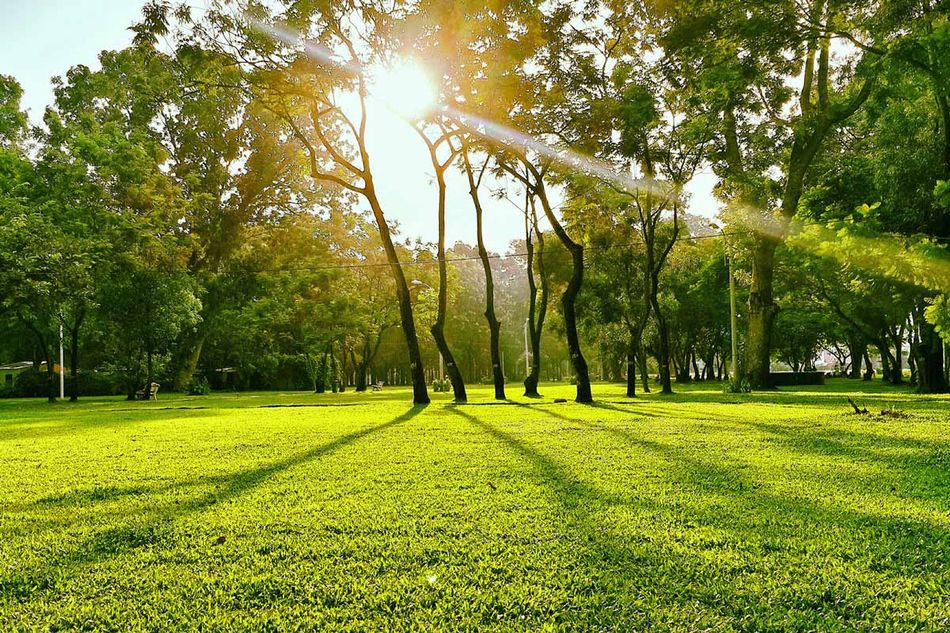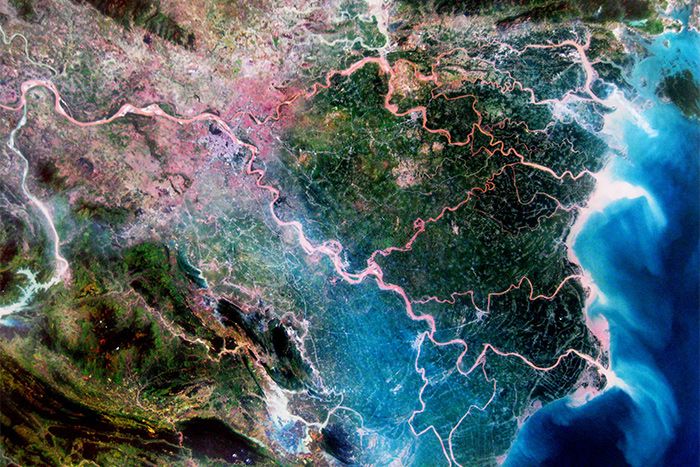Vietnam may be rich in history, but many of the country’s historical sites are disintegrating as local governments lack the funds to restore them.
From the countryside to the capital, these relics, many of which are recognized by the government, have been abandoned or used as farms, markets, graveyards, and houses.
Tuoi Tre provided some sad examples of endangered historical sites:
Thanh Nhan Pagoda, Hanoi
“[L]ocated at 68 La Thanh Street, Dong Da District, which was recognized as a national relic in 1990, has been illegally occupied by 22 local families over the past four years.
The families have erected their “houses” within the pagoda’s premises without any prior consent from local authorities. Thirteen people now live next to the pagoda’s sanctum.
Venerable Thich Dam Nguyen, head monk of the pagoda, lamented that although the sanctum has sustained serious damage, the pagoda management cannot have it fixed, as repairs might cause the houses to collapse.”
Luy Lau Citadel, Bac Ninh Province
“[N]ationally recognized millennium-old relic, has become dilapidated ruins.
Locals have not only erected houses and a cemetery within it, but have turned the solemn relic into a bustling market.
The illegally occupied area is a whopping 30,000m².
Tran Ba Khuc, deputy chair of the Thanh Khuong Commune People’s Committee, said that because of a shortage of funds, his committee has petitioned repeatedly to the provincial Department of Culture, Sports and Tourism and the Bac Ninh People’s Committee to restore the relic, but they have yet to get any answers.”
Dinh Huong Mausoleum, Bac Giang Province
“The mausoleum, which was built in 1727 and is home to the remains of an eminent court official, has long been abandoned and is now riddled with cow dung.
Since 1997, the Duc Thang Commune People’s Committee signed a 10-year contract, leasing the relic to a local farmer. The contract was then renewed for another 10 years.”
Phan Dong and Mieu Temples, Bac Ninh Province
“[These temples] are now facing imminent risk of being washed away due to rampant sand theft on the Cau River over the past ten years.
With such a large amount of sand stolen, the bamboo clusters and protective walls surrounding the relics have been washed way into the river, making the relics extremely vulnerable to erosion.”
Chau Sa Citadel, Quang Ngai Province
“…the only citadel made from earth left from the Champa reign… locals have also turned the citadel into farming land. Its eastern side has been dug extensively as it is believed there are precious metals beneath it.
The local government has also sold part of the citadel’s land."
Giong Ca Vo Relic, Ho Chi Minh City
“…contain[ing] 2,500-year-old graves and antiques buried with the dead, [the graveyard] has desperately awaited restoration over several years.
The city’s Department of Culture, Sports and Tourism worked out a plan to restore and develop the relic for tourism purposes several years ago, but the plan is still on the drawing board, while the dead’s remains and buried belongings, which hold particular significance to Vietnam’s and Southeast Asia’s archeology, are rapidly decaying.”
Even Hue’s Royal Palace faces serious problems. Last month, part of one of its temples, Phu Van Lau, collapsed, catching the attention of residents and the government. “…29 other relics within the UNESCO-recognized Hue Royal Palace have also sustained irreparable damage.”
“Most relics now need extensive restoration, but we can hardly do it with a mere VND90 billion (US$4.2 million) funding earmarked for the Hue relic conservation each year,” said Dr. Phan Thanh Hai, head of the Hue Relic Conservation Center.
Unable to stand idle as national relics are falling apart, some residents have taken it upon themselves to make repairs and secure funding. Sadly, these are usually manifested in the form of small grants which can only facilitate basic maintenance.
Since restorations require VND50-100 billion and a large amount of skilled artisans, it’s not surprising that many of Vietnam’s 3,200 national relics have fallen into disrepair.
But in a country that faces many environmental and socioeconomic challenges, should historical preservation be a priority, especially given the high price tag?
Surely repairing relics can result in increased tourism revenue, but it would take years to recoup that money. And, since the country seems to operate on a “money now, worry later” paradigm, the tourism angle isn’t likely to convince authorities to shell out hundreds of millions of dollars.
It seems there are few answers to this huge dilemma.
[Tuoi Tre // Photo via Paul Davis]














